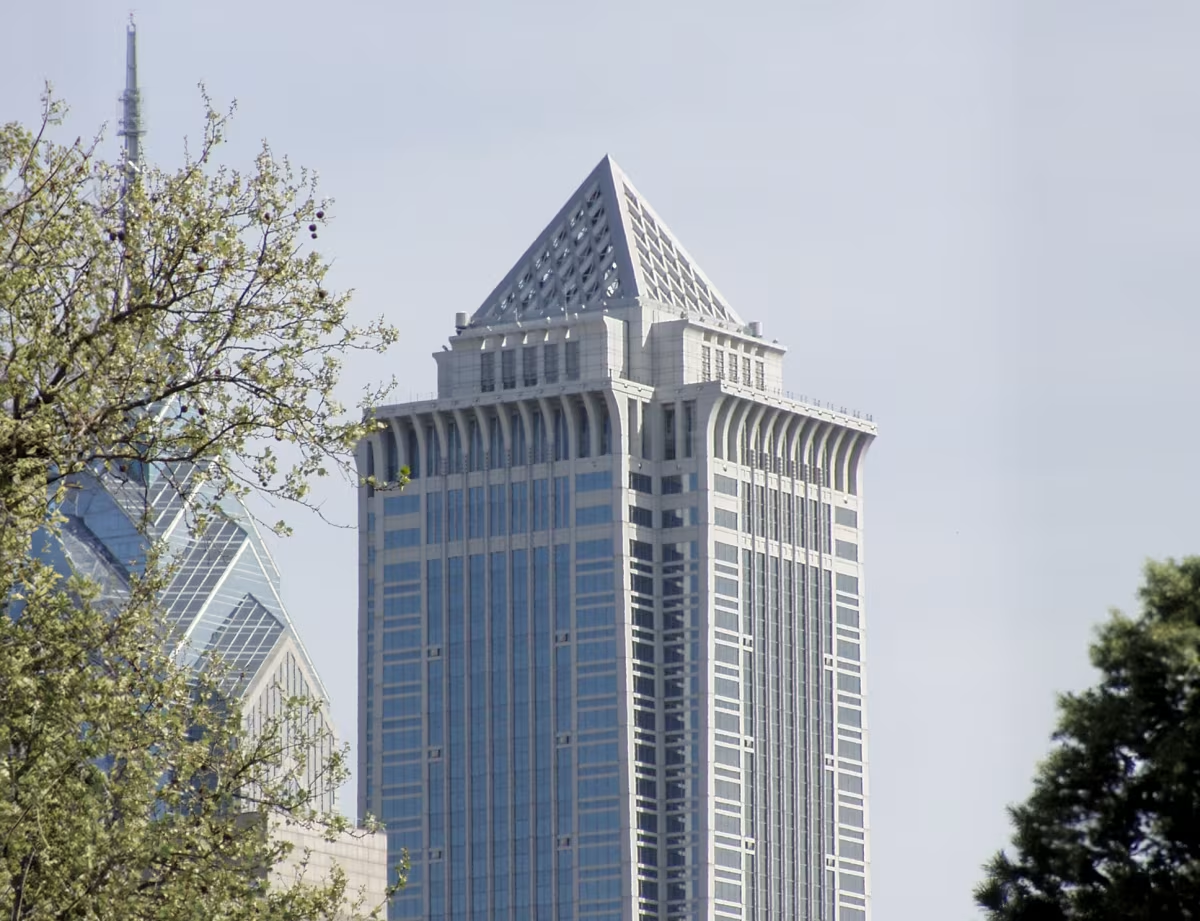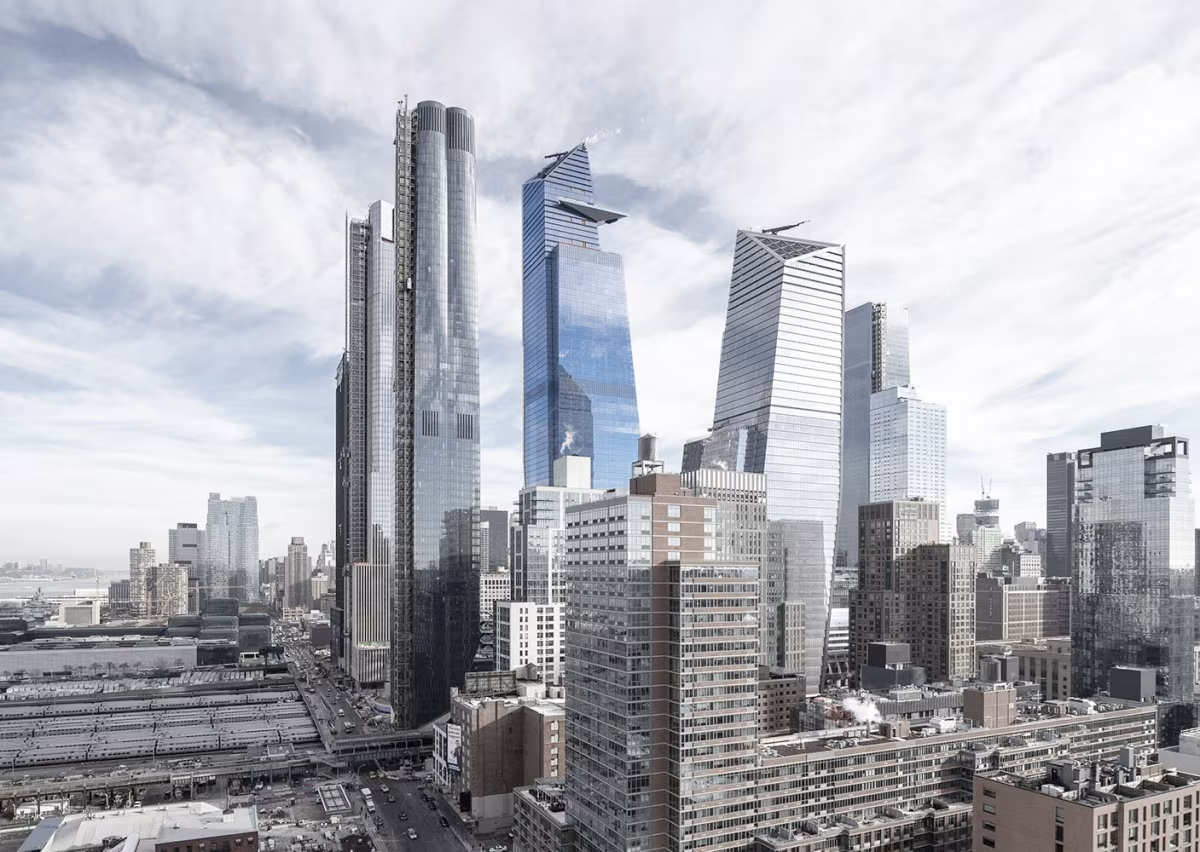BNY Mellon Center Philadelphia Building vs 30 Hudson Yards


Comparing the BNY Mellon Center Philadelphia Building and the 30 Hudson Yards is compelling because they were both designed by Kohn Pedersen Fox Associates, yet they stand in different cities (Philadelphia, PA and New York, NY), and were completed over two decades apart.
What this will allow us to see, is how the same firm's approach adapted to different places in different periods of time.
Height & Size
The 30 Hudson Yards is clearly the larger tower of the two, both in terms of height and number of floors. It rises to 1296ft (395m) with 73 floors above ground, while the BNY Mellon Center Philadelphia Building reaches 791ft (241m) with 54 floors above ground.
Of course, each project may have faced different briefs or regulatory constraints, which we don't really know about and could also explain the outcome.
Architectural Style
The BNY Mellon Center Philadelphia Building was designed in the Postmodernism style, while the 30 Hudson Yards reflects the principles of Contemporary.
At the time of their completion, both styles were well established. This makes the comparison especially interesting, because both buildings represent a dominant aesthetic at a particular point in time.Built 29 years apart (1990 vs 2019), these two buildings are a perfect example of how different architectural styles have shaped the architectural landscape of our cities over time.
Uses
Both the BNY Mellon Center Philadelphia Building and the 30 Hudson Yards were designed to serve as commercial towers, and that has remained their main use since their completion, serving similar roles in the urban fabric.
The BNY Mellon Center Philadelphia Building also provides 160 parking spaces.
Structure & Facade
The two towers rely on different structural systems, reflecting distinct engineering strategies.
The BNY Mellon Center Philadelphia Building uses a Frame structural system, which relies on a regular grid of columns and beams to sustain its weight, while the 30 Hudson Yards uses a Trussed Frame system, that uses diagonal bracing in addition to beams and columns for stability.
Yet, when it comes to their facade, they both employed the same solution, a Curtain Wall facade.
A curtain wall is a non-load-bearing facade hung from the structural frame. It is anchored to floor slabs and transfers only its own weight and wind loads, allowing for sleek, glassy exteriors.
| BNY Mellon Center Philadelphia Building | 30 Hudson Yards | |
|---|---|---|
| Kohn Pedersen Fox Associates | Architect | Kohn Pedersen Fox Associates |
| 1986 | Design Started | 2011 |
| 1987 | Design Ended | 2014 |
| 1988 | Construction Started | 2014 |
| 1990 | Year Completed | 2019 |
| Postmodernism | Architectural Style | Contemporary |
| Commercial | Current Use | Commercial |
| 54 | Floors Above Ground | 73 |
| 2 | Floors Below Ground | 1 |
| 241 m | Height (m) | 395 m |
| 137,071 m² | Usable Area (m²) | 408,700 m² |
| Frame | Structure Type | Trussed Frame |
| Steel And Concrete | Vertical Structure Material | Steel |
| Steel And Concrete | Horizontal Structure Material | Poured Concrete Over Metal Decking |
| No | Facade Structural? | No |
| Stone, Glass, Aluminum | Main Facade Material | Glass, Steel |
| Turner Construction | Main Contractor | Tishman Construction |
| WSP Cantor Seinuk | Structural Engineer | Thornton Tomasetti |
| PA | State | NY |
| Philadelphia | City | New York |
| 1735 Market Street | Address | 500 West 33rd Street |